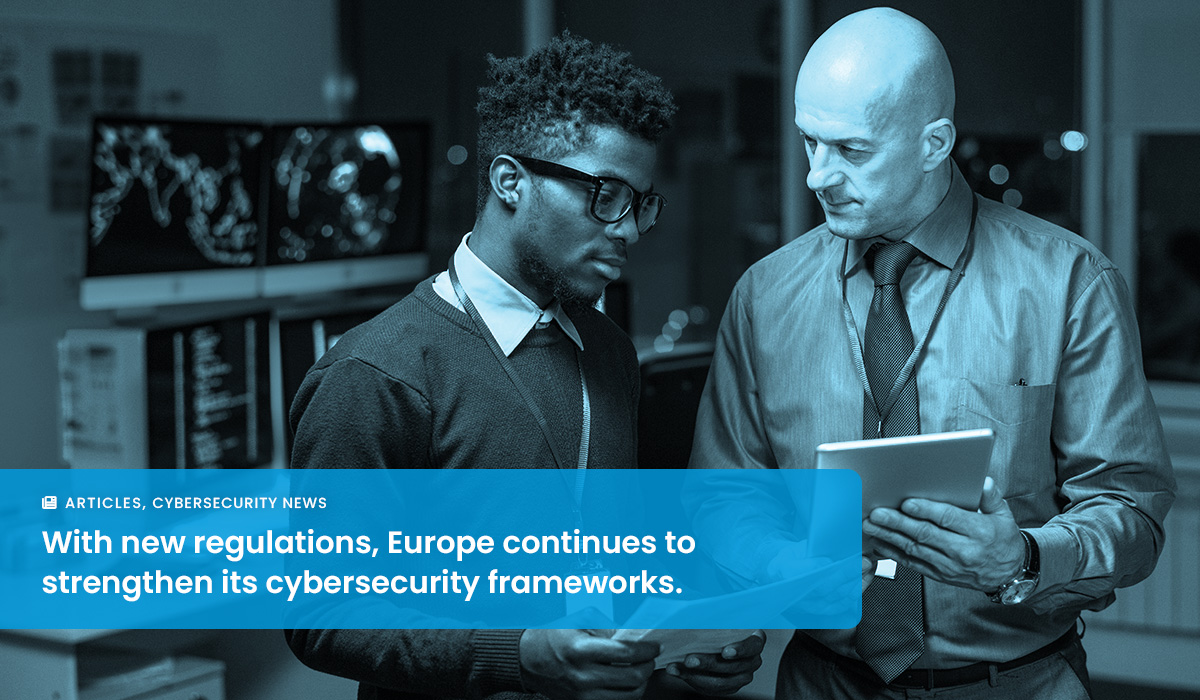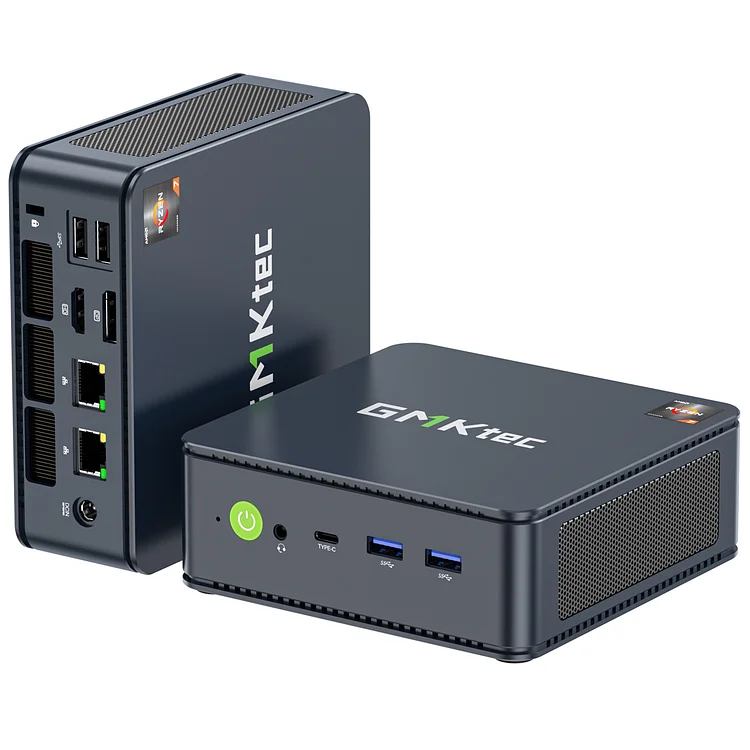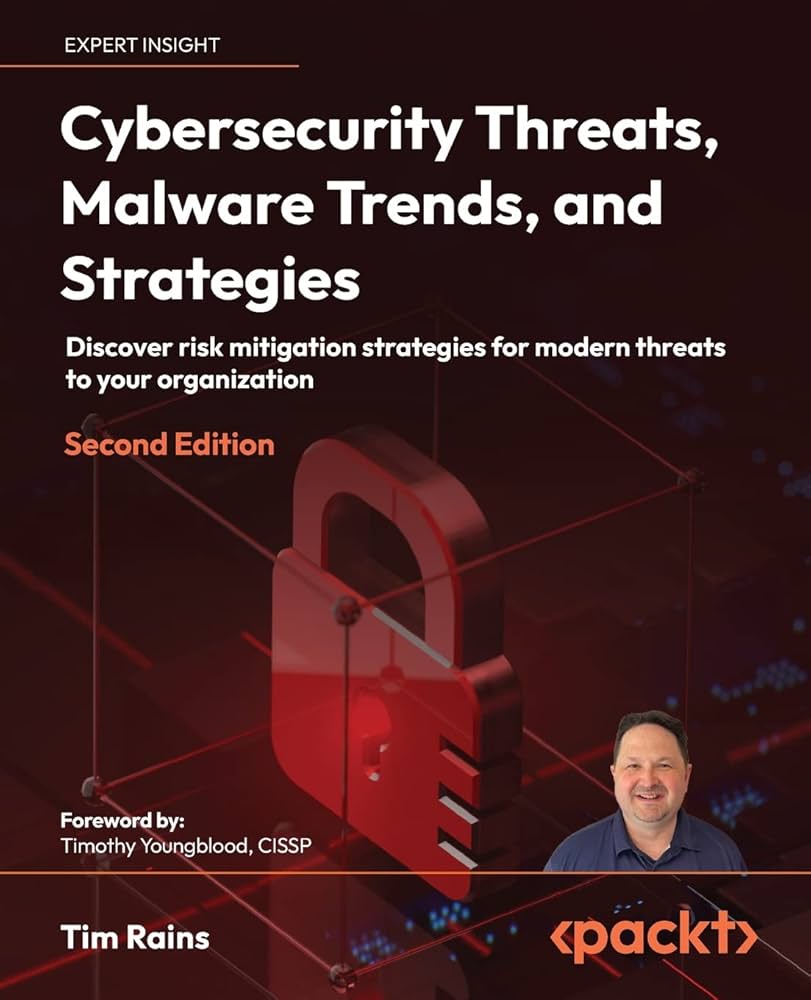
Understanding the Distinctions Between DORA and NIS-2: A Cybersecurity Perspective
As the digital landscape evolves, so does the need for robust cybersecurity measures, particularly in response to alarming global cyber threats. The introduction of the Digital Operational Resilience Act (DORA) and the Network and Information Systems Directive 2 (NIS-2) marks a significant shift in the European Union’s approach to cybersecurity regulations. While both aim to enhance cybersecurity, they target different sectors and have unique compliance requirements.
 Exploring the evolving landscape of cybersecurity regulations in Europe.
Exploring the evolving landscape of cybersecurity regulations in Europe.
A Closer Look at DORA and NIS-2
DORA, effective from January 17, 2025, is primarily concerned with the financial sector, establishing a framework for financial institutions to mitigate the risks posed by cyberattacks. It emphasizes the importance of maintaining operational continuity during disruptions, thus ensuring that services remain accessible and reliable to customers. Think about the implications for banks and insurance companies—the potential chaos a cyberattack could unleash, affecting not just these entities but the economy at large.
Conversely, NIS-2 seeks to standardize cybersecurity practices across critical sectors including energy, transport, health, and digital infrastructure. Set to be transposed into national laws by October 2024, NIS-2 is more comprehensive in its application, covering both essential and important entities to improve the overall cybersecurity posture within the EU.
Key Differences Between DORA and NIS-2
1. Scope and Target Audience
DORA is laser-focused on a spectrum of players in the financial realm, such as banks and cybersecurity service providers. The expectation is clear: these institutions must enhance their resilience against cyber threats. Meanwhile, NIS-2 broadens the net, encompassing a variety of sectors critical to the functioning of the EU. It differentiates between essential entities like energy suppliers and important entities such as postal services, creating a more inclusive regulatory environment.
2. Objectives
While DORA aims to fortify operational resilience in the financial industry through rigorous ICT risk management, NIS-2 strives for an elevated standard of cybersecurity across all covered sectors. The direct comparison highlights DORA’s specialized focus versus NIS-2’s sweeping ambition to uplift cybersecurity across the board.
3. Compliance and Enforcement
DORA will have direct applicability in all EU member states, simplifying enforcement and compliance. In contrast, NIS-2 operates as a directive, necessitating each country to adapt and implement the regulations into their national legislation. This could lead to variations in regulatory rigor depending on the member state, impacting the overall efficacy of the directive.
4. Third-Party Risk Management
Risk management regarding third-party suppliers is a cornerstone of DORA. Financial institutions will need to control the risks arising from their ICT service providers. NIS-2 touches upon supply chain security but envisions this as part of a broader cybersecurity risk management framework, which includes diverse sectors.
 Innovative solutions in cybersecurity compliance are crucial for both DORA and NIS-2.
Innovative solutions in cybersecurity compliance are crucial for both DORA and NIS-2.
Solutions for Compliance: The Role of WatchGuard
In navigating these regulatory waters, companies may find the support of providers like WatchGuard indispensable. Their suite of products designed to enhance compliance with both DORA and NIS-2 includes:
- ICT Risk Management: Robust firewalls equipped with advanced features such as Gateway AntiVirus and DNSWatch.
- Incident Management: Continuous threat monitoring and incident response that are vital for maintaining organizational resilience.
By leveraging these comprehensive security solutions, organizations can bolster their defenses against cyber threats and ensure they meet the rigorous demands of DORA and NIS-2.
Final Thoughts
In a world where cyber threats are an unfortunate reality, understanding the distinctions and requirements of regulations like DORA and NIS-2 is crucial for businesses. These frameworks not only ensure compliance but also foster a culture of security that is essential for the integrity of our financial systems and critical infrastructures. My personal journey in this space has highlighted the sheer importance of being proactive rather than reactive—a mantra that every organization should adopt as we move forward in our cybersecurity efforts.
For those interested in diving deeper into DORA and NIS-2, there’s a wealth of information available including further blog posts on these topics and informative whitepapers like “Strengthening Cybersecurity: A Deep Dive into DORA” and “Demystifying NIS-2 Requirements”.














